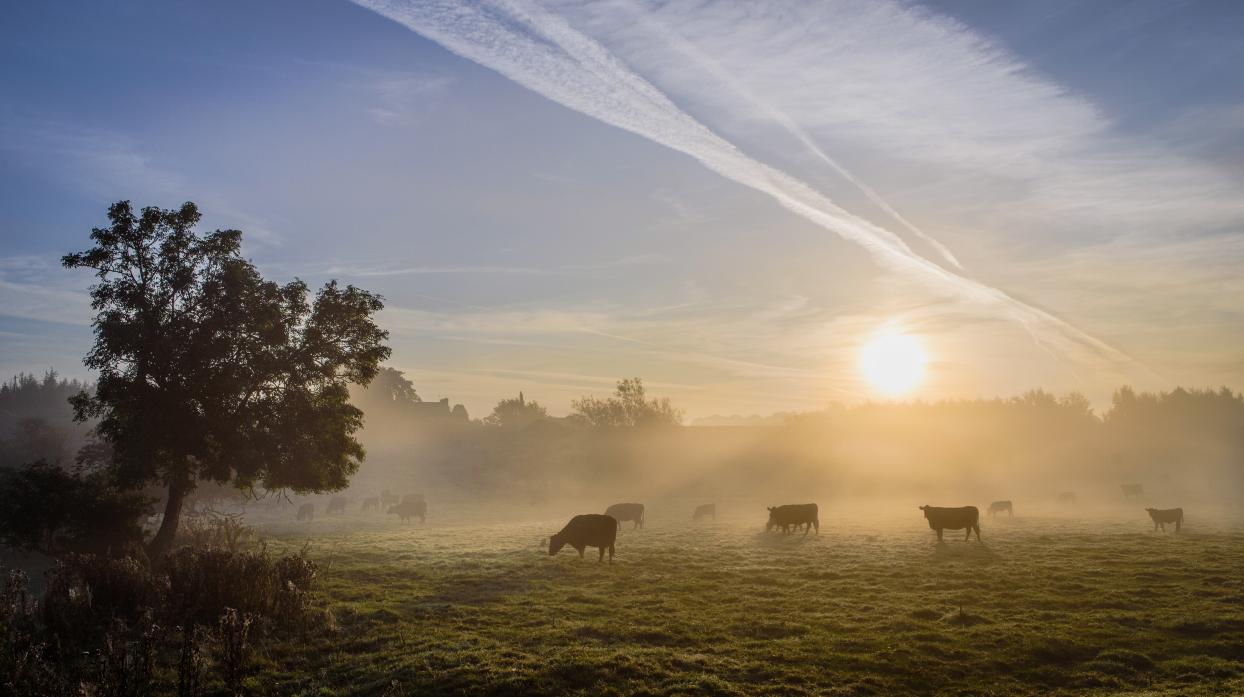
This spring, Defra published its consultation document the proposed reform of agricultural tenancies and there is now an anxious wait to see how future decisions might affect the industry. Wendy Short covers a few of the main points under discussion.
DEFRA officials are unequivocal in their stance that agricultural tenancy reforms are required, citing the fact that data has shown that productivity growth in the UK farming industry has failed to keep up with its major competitors.
According to the authors of the report, this poor performance threatens the industry’s long-term ability to develop markets and prosper, as well as its potential to enhance the environment.
The report, called Agricultural Tenancy Consultation and Call for Evidence on Mortgage Restrictions and Repossession Protections for Agricultural Land in England, says the rate of productivity growth in UK agriculture has averaged just 0.9 per cent a year, compared with 3.5 per cent in the Netherlands, 3.2 per cent in the US and 2.5 per cent in France.
Despite these gloomy figures, it notes that the UK sector is diverse and farm businesses range from highly profitable to those with poor performance.
Another key driver that is highlighted is the need to encourage new entrants, due to statistics which show that in 2016 just over one third (40 per cent) of farm holders in England had reached the age of 65 or older.
The document, published by Defra covers a number of significant areas of potential reform including adjustments to agricultural tenancy laws “which could remove barriers to productivity improvements and facilitate structural change in the tenant farming sector”.
The report followed on from a 2017 investigation by the Tenancy Reform Group (TRG) which concluded that old-style tenancies offering succession rights could be preventing skilled farmers from taking over holdings. Older farmers with limited options for realising the value of their tenancy agreements to help them retire were remaining on the farm. The group suggested that reform was needed to help older farmers to retire and vacate their holdings.
Another point raised was that some landlords might be discouraged from offering long-term farm lets because of the lack of provision of the tenancy act to allow breaches such as non-payment of rent to be rectified without involving costly legal procedures.
In addition, some landlords might be discouraged from investing in their let farms if the tenant’s interest payments on investments that the landlord had made were lost in the next rent review.
From the tenant’s perspective, the TRG also offered the suggestion that agricultural and land management scheme options might be limited due to restrictive clauses in their tenancy agreements.
The proposals for tenancy reform are also related to the government’s plans for a new agricultural policy involving the proposed phasing out of direct support payments. At some point within the seven year framework, direct payments will be de-linked from the land, removing the requirement to farm in order to qualify for the final payments. The reform is intended to increase farm business flexibility and open up opportunities for new entrants.
Concluding the consultation document, decision-makers stressed the need for any changes to the legal framework of tenancies must offer fair protection for landlord and tenant, as well as providing flexibility and confidence in the farm lettings sector.
Proposed Succession Option Examples for the Reform of Agricultural Tenancy Agreements
To insert new provisions in the 1986 Act to enable the tenant to assign their tenancy (for payment) to a new tenant on a single occasion only. The assignment would be subject to a number of conditions. The new tenant would not be permitted to re-assign the tenancy; it would be a one-off process. In the case of joint tenancies, both tenants would have to agree to the assignment.
To amend the 1986 Act by removing the minimum age of 65 as the date for retirement succession, to allow retirees to hand over the farm at any age.
To give the landlord a greater role in the selection of a new tenant.
To include cohabiting partners in succession rights.
Eligibility for Succession Proposals
In addition, the report sets out proposals to change the eligibility criteria for succession. It states that that industry feedback has suggested that the eligibility test is out of date and sets a low standard of suitability. One suggestion is to remove the ‘commercial unit test,’ in order to permit a close family relative who already occupies a commercial farm to succeed to an AHA holding in the future, as long as the relative meets other eligibility provisions set out in the 29185 Act.
Background on Agricultural Tenancies
Roughly one third of agricultural land in England is rented. In 2017, 14,000 (13%) holdings were wholly tenanted, with 36,000 (34%) classified as mixed tenure and 54,000 (54%) holdings registered as owner-occupied.
The Agricultural Holdings Act 1986 (AHA)
Applies to all tenancies agreed on or before 1 September 1995. Subject to regulated rent and the majority granted before 12 July 1984 carry succession rights for up to two generations of close relatives upon death or retirement. Council farm agreements are one exception.
The Agricultural Tenancies Act 1995 - Farm Business Tenancies (FBTs)
Applies to most agricultural land tenancies starting on or after 1 September 1995. Designed to replace the previous Act with a simpler, more flexible framework. Tenancies can vary in length and do not come with statutory succession rights.





